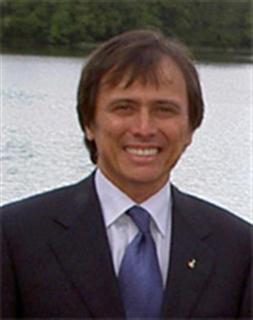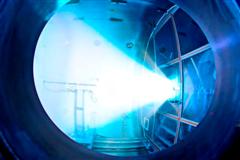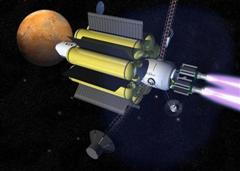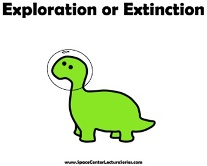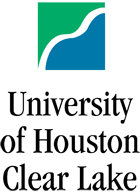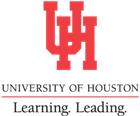
| Home |
| Future lectures |
| Past lectures |
| Location & time |
| About us |
| Partners |
| Contact |
Dr. Franklin Chang Díaz |
We dream of going to the stars. In the last 50 years we have witnessed the development of the first ships that have transported humans beyond Earth. We have landed humans on the Moon and have now established a continuous human presence in low Earth orbit. Yet we still lack the technology required to safely venture far into the vastness of space. Although well suited for surface to orbit transportation, our current rockets are too inefficient for long journeys to the planets and ultimately the stars. For example, a one-way trip to Mars, would take about 10 months, and most of the ship’s mass would be taken up by fuel. Flights beyond Mars with current technology would be out of the question. Plasma rockets on the other hand, open up new and exciting possibilities for fast space transportation. Utilizing ionized gases accelerated by electric and magnetic fields, these devices expand the performance envelope of rocket propulsion far beyond the limits of the chemical rocket. The VASIMR® engine – short for Variable Specific Impulse Magnetoplasma Rocket – is one such rocket. Its genesis dates back to the late 1970s when I was involved in the study of open-ended magnetic ducts, and their applications to fusion research. After 30 years of development, the VASIMR® has reached a high level of maturity and is now being prepared for its first test in space in late 2013 on board the International Space Station. Its success could imply a paradigm shift in space transportation and open the entire solar system for human exploration. Under development by the Ad Astra Rocket Company the VASIMR® VF-200 mission will serve as a pathfinder and help establish the US portion of the ISS as a national laboratory. In this presentation, I will describe the development of the technology in a historical context, from its roots at the Massachusetts Institute of Technology to the NASA Johnson Space Center and ultimately to Ad Astra Rocket. I will also present the VASIMR® current status and our plans for its deployment and utilization in support of a developing commercial market of human and robotic space activities.
We hope to keep our lectures free and are now accepting donations in any amount via PayPal. T-shirts and onesies for sale! "Since hazards from asteroids and comets must apply to inhabited planets all over the Galaxy, if there are such, intelligent beings everywhere will have to unify their home worlds politically, leave their planets, and move to small nearby worlds around. Their eventual choice, as ours, is spaceflight or extinction." -Dr. Carl Sagan
|
| Submit a Question | ||
Sponsored in part by |
||
